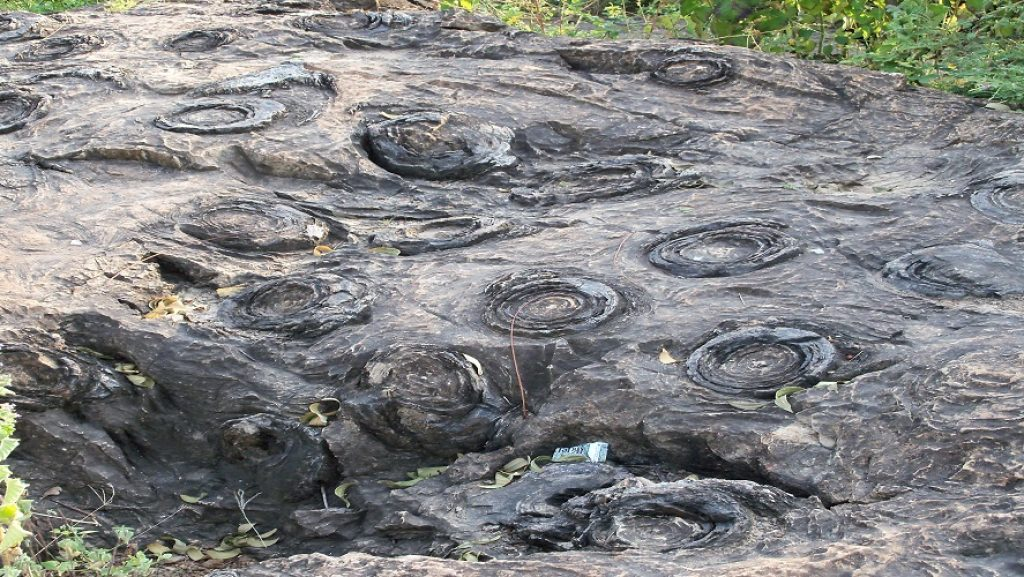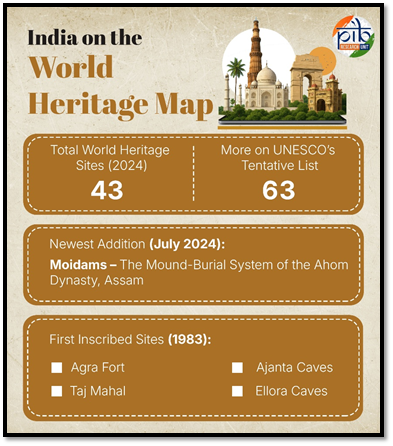Salkhan Fossil Park Added to UNESCO Tentative List | 30 Jun 2025
Why in News?
Uttar Pradesh’s Salkhan Fossil Park, also known as Sonbhadra Fossils Park, has been included in UNESCO’s Tentative List of World Heritage Sites.
Key Points
- About Salkhan Fossil Park:
- Located in Salkhan village in the Sonbhadra district of Uttar Pradesh, the park spans 25 hectares within the scenic Kaimur Range, adjacent to Kaimoor Wildlife Sanctuary.
- Though geological interest in the site dates back to the 1930s, it was officially declared a fossil park in 2002.
- Salkhan Fossil Park preserves stromatolites, rare layered sedimentary structures formed by ancient cyanobacteria (blue-green algae).
- Cyanobacteria, emerging around 3.5 billion years ago, were likely the first organisms to perform oxygenic photosynthesis, triggering the Great Oxidation Event (~2.4 billion years ago), which enriched Earth's atmosphere with oxygen, enabling complex life.
- These photosynthesizing microorganisms belong to the Mesoproterozoic Era (1.6–1.0 billion years ago), making the fossils up to 1.4 billion years old.
- Such formations are globally rare, placing Salkhan among the oldest fossil sites in the world, older than Shark Bay (Australia) and Yellowstone (USA).
- Challenging Scientific Assumptions:
- Discoveries at Salkhan have transformed scientific understanding of early life.
- Previously, scientists believed life began around 570 million years ago, but the ancient stromatolites here predate that timeline.
- A key development in this scientific observation was the Memorandum of Understanding (MoU), between the UP eco-tourism development board and the Birbal Sahni Institute of Palaeosciences, Lucknow.
- The fossils provide vital clues into the Earth’s earliest biosphere and the evolution of oceanic ecosystems.
World Heritage Sites (WHS)
- WHS are locations recognized for their outstanding universal value to humanity and are inscribed on the World Heritage List for protection and preservation for future generations.
- These sites may be cultural, natural, or mixed in nature. WHS are safeguarded under the World Heritage Convention, 1972, an international agreement adopted by UNESCO member countries.
- The Convention outlines the responsibilities of State Parties in identifying, protecting, and preserving such sites.
- The list of WHS are maintained by the international 'World Heritage Programme', administered by the UNESCO World Heritage Committee.
- India ratified the Convention in 1977.


